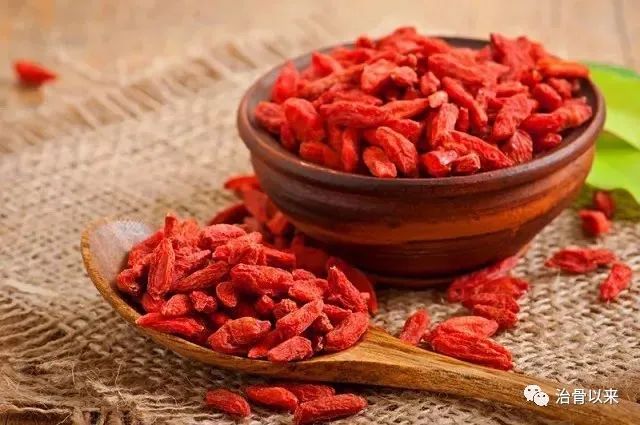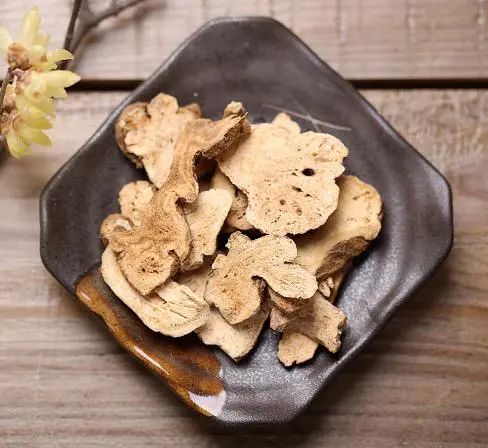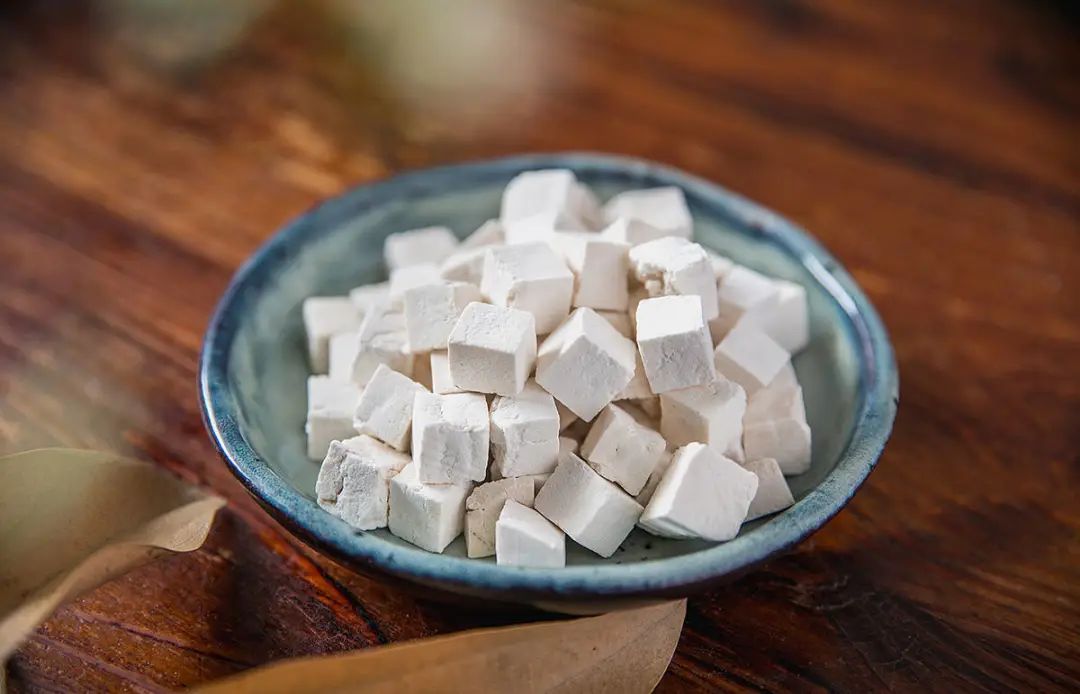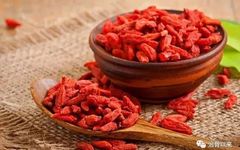The Secret Formula for Eliminating Dampness from Qianjin Fang: Just 4 Medicinal Ingredients to Eradicate Dampness at Its Root!
Things have no inherent beauty or ugliness; excess leads to disaster.
We know that human life activities cannot be separated from water, but if there is too much dampness in the body, it will overflow, and Yang Qi cannot emerge. It is like dark clouds obscuring the sun, making one feel fatigued, heavy all over, dizzy, and experiencing abdominal pain and diarrhea. This is what Traditional Chinese Medicine (TCM) often refers to as excessive dampness.

Where does dampness come from? It originates from the spleen and stomach. The spleen governs transformation and transportation, allowing Qi, blood, and body fluids to reach their proper places. If the spleen is deficient and not functioning well, its ability to transform and transport dampness will decrease, leading to internal stagnation of dampness. As stated in the Huangdi Neijing, all swelling and fullness due to dampness belong to the spleen.
Therefore, the fundamental approach to eliminating dampness lies in strengthening the spleen. Merely eliminating dampness without simultaneously strengthening the spleen is equivalent to wasting effort.
Over 1800 years ago, the medical sage Zhang Zhongjing prescribed a formula called Ling Gui Zhu Gan Tang (Poria, Cinnamon Twig, Atractylodes, and Honey-Fried Licorice Decoction), which is recognized as the ancestral formula for transforming Qi and promoting fluid movement. Almost all subsequent formulas for eliminating dampness are derived from this base formula.
Ling Gui Zhu Gan Tang: Poria (Fu Ling) 12g, Cinnamon Twig (Gui Zhi) 9g, Atractylodes (Bai Zhu) 6g, Honey-Fried Licorice (Zhi Gan Cao) 6g.
This entire formula is slightly warming and suitable for individuals with cold dampness. In other words, if your tongue is large and swollen with tooth marks on the sides, the coating is thick, greasy, and white, and you often feel drowsy and fatigued, then Ling Gui Zhu Gan Tang is perfect for you. Cinnamon twig is a key ingredient that Zhang Zhongjing frequently used in many formulas for treating water and dampness, adding a crucial touch.
Cinnamon twig is the tender branch from the top of the cinnamon tree, thus it has a strong ability to promote Yang. When the heart Yang is strengthened, it is equivalent to raising the sun within the body.
When the sun shines brightly, the shadows disperse. Excessive cold dampness is like thick fog in the mountains; once the sun comes out, the clouds and fog immediately clear. Cinnamon twig disperses the dampness hidden in the organs and meridians, like fog, and allows it to seep out through the skin’s pores.
Cinnamon twig generates Yang energy, bringing warmth to the body. It can awaken the spleen and stomach, which have become cold and damp due to excessive consumption of cold foods. Thus, the first strategy is to warm Yang and transform dampness.
The second strategy is to dry dampness, which can also be found in TCM herbs, specifically Atractylodes (Bai Zhu).
The properties of Atractylodes are upward-moving, targeting the middle jiao (spleen and stomach). Therefore, it is a herb that strengthens the spleen. Earth can control water; consider a bumpy country road that becomes muddy after rain. If you spread some dry soil over it, the area will become dry immediately.

The third strategy is to promote the elimination of dampness. What does this mean? It is like farming; during the rainy summer, water accumulates in the fields and cannot drain, causing the seedlings to die. The best solution is to dig drainage ditches to guide the water out.
In the human body, the drainage ditches are the bladder and the San Jiao (Triple Burner). The bladder is the major source of water, while the San Jiao is the stream of water. The herb that can simultaneously promote the function of the bladder and San Jiao is Poria (Fu Ling). In TCM, we often treat water by regulating the waterways, allowing for smooth flow and comfort.
Poria promotes the elimination of dampness, effectively opening the channels and allowing excess, unnecessary, and errant water in the body to be expelled through urination. The esteemed physician Yue Meizhong often used Poria to treat hair loss.
Why hair loss? Because prolonged sitting leads to spleen deficiency and dampness accumulation. The dampness in the body does not remain still; it can wander around. When it rises to the head, hair begins to fall out. Everyone who has raised plants knows that if the drainage hole at the bottom of the pot is blocked, excess water cannot drain, and the roots may rot.

At this time, using Poria ground into powder and taking a small amount daily can promote the elimination of dampness while also strengthening the spleen. Once the dampness is expelled, hair will begin to regrow.
Although Poria’s ability to strengthen the spleen is not as strong as Atractylodes, its resilience should not be underestimated. It works gradually, like an ox plowing a field, helping our spleen and stomach correct their deficiencies. Because of Poria’s neutral nature, it is also an excellent food-medicine, often used in health-preserving diets by Empress Dowager Cixi.
With Cinnamon twig promoting Yang above, Atractylodes tonifying Qi and strengthening the spleen in the middle, and Poria opening the waterways below, these three generals work together to drive dampness away. However, having a strategy alone is not enough; a strong logistical support team is also necessary. As the saying goes, before the army moves, provisions must be secured. Without proper logistics, even a million troops cannot win a battle.
At this point, Licorice (Gan Cao), the elder statesman, comes into play. Honey-Fried Licorice stabilizes the middle jiao, firmly guarding the spleen and stomach as the main supply base. It acts as both a strategist and a supply officer, harmonizing the relationships between the three generals, ensuring they work together in unity, while also timely delivering provisions to each department.
Thus, the medical sage is indeed a sage; every move is lethal. Although there are only four simple herbs, the arrangement is clear and vivid, as if there were thousands of troops. Winning this battle against dampness is as easy as reaching into a pocket.

Please share this article so more people can see it
Promote Traditional Chinese Medicine culture
Spread knowledge of Traditional Chinese Medicine
Let us practice together

